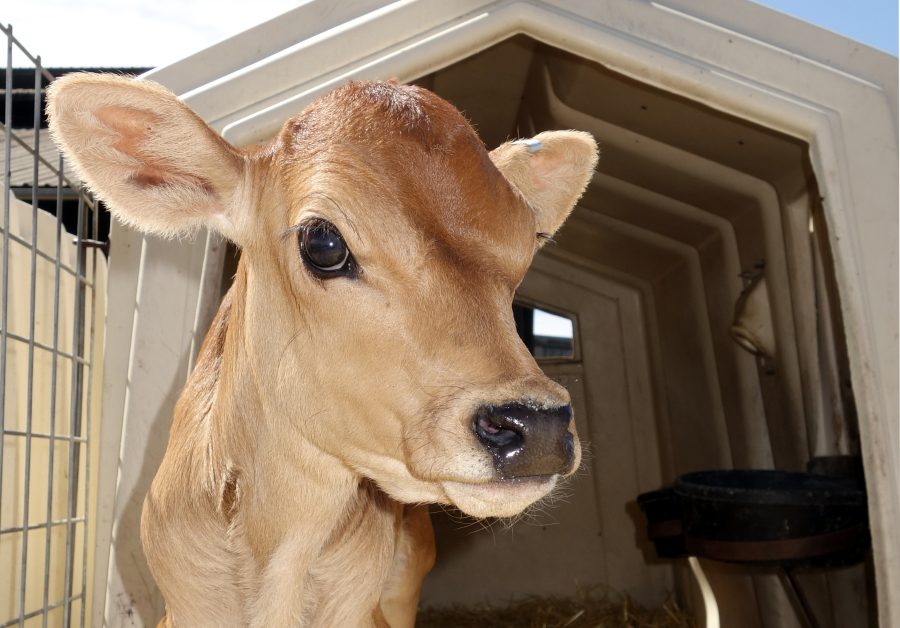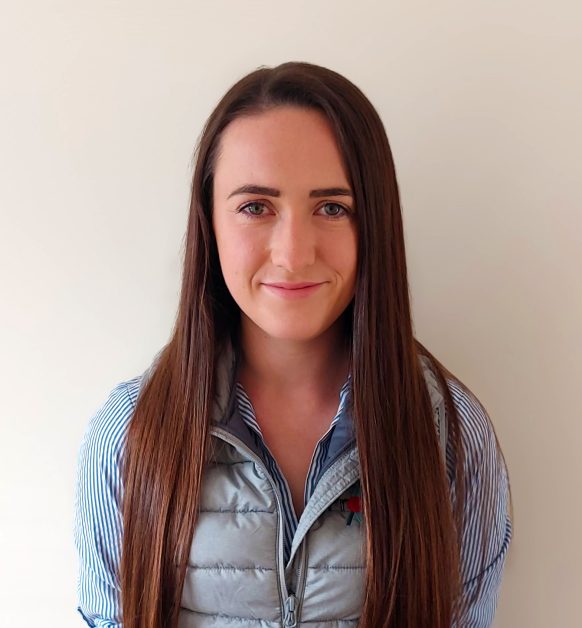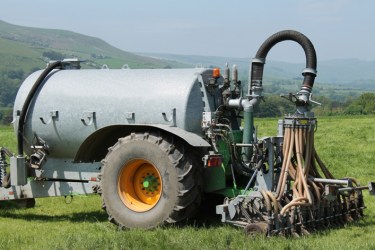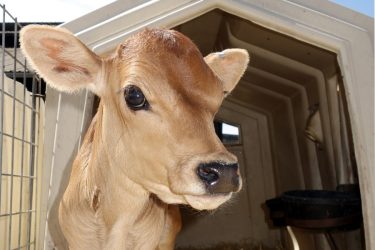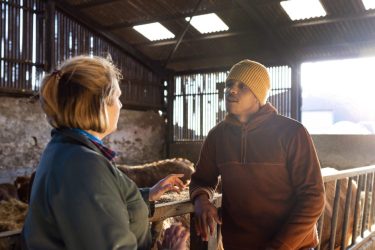Defra recently announced the introduction of the first phase of its Animal Health and Welfare Infrastructure grants. Initially, it is inviting applications for projects that involve calf housing. Here is a quick summary of the scheme.
What work will the grants fund?
Specifically, the Calf Housing for Health and Welfare grants will fund projects that build, upgrade, or replace calf-housing buildings. Grants will be given to calf housing that provides a good ambient environment, promoting excellent air quality, optimal temperature, and humidity.
Eligible structures will include:
- A-frame buildings with 4 walls for dairy calves from birth to weaning
- Mono-pitch buildings with 3 walls and one open side on a beef unit for calves aged 3-6 months
- Permanent open-sided structures with igloos or hutches.
Who can apply for the calf housing grants?
If you are an existing cattle farmer in England carrying out farming activity, including calf rearing, with 11 or more cattle, you are eligible to apply for these grants.
Application process
The application process will consist of three stages:
- The online checker
- The Ambient Environment Assessment
- The full application.
For full details, see How to apply for a Calf Housing for Health and Welfare grant on the Government website.
Your project will be assessed on how well it meets these priorities:
- improve calf health and welfare
- enhance environmental sustainability
- introduce innovation.
Also, your application must include a letter from a vet, confirming that you have discussed your proposals with them. A cost-effective way to do this is to apply for a fully funded Annual Health and Welfare Review.
How much are these calf housing grants worth?
The minimum amount you can apply for is £15,000 per applicant business. The maximum is £500,000. Keep in mind that grants can cover up to 40% of eligible project costs, and up to 25% of the costs of rooftop solar photovoltaic panels. The remaining project costs must be covered through loans, overdrafts, or funds from other eligible schemes.
Claiming Payment
You can claim payment after the completion of the work and once all associated expenses have been paid. The process allows for a maximum of three claims throughout the project duration. However, to maintain eligibility it is crucial not to start work or enter any legal contracts until the project start date specified in your Grant Funding Agreement (GFA).
Evaluation and Learning
To participate in the Calf Housing for Health and Welfare grant, you will commit to contributing to valuable data collection. This is to help the improvement of future funding rounds and overall animal health and welfare.
Applying for your grant – time to start preparing
The application process for the grant will open later this summer, so you can start preparing now. Guidance on how the scheme works, grant specifications, and how to apply are all available via the Calf Housing for Health and Welfare 2023 webpage.
Any questions? Contact Beth Kirby
In short, the Animal Health and Welfare Infrastructure Grant is a great scheme, but there is quite a lot involved in making a successful application. For any information, help, clarification, and guidance, you can contact me, Beth Kirby. I will give you instant advice and can help guide you through all stages of the application process. My email address is beth.kirby@genusplc.com




